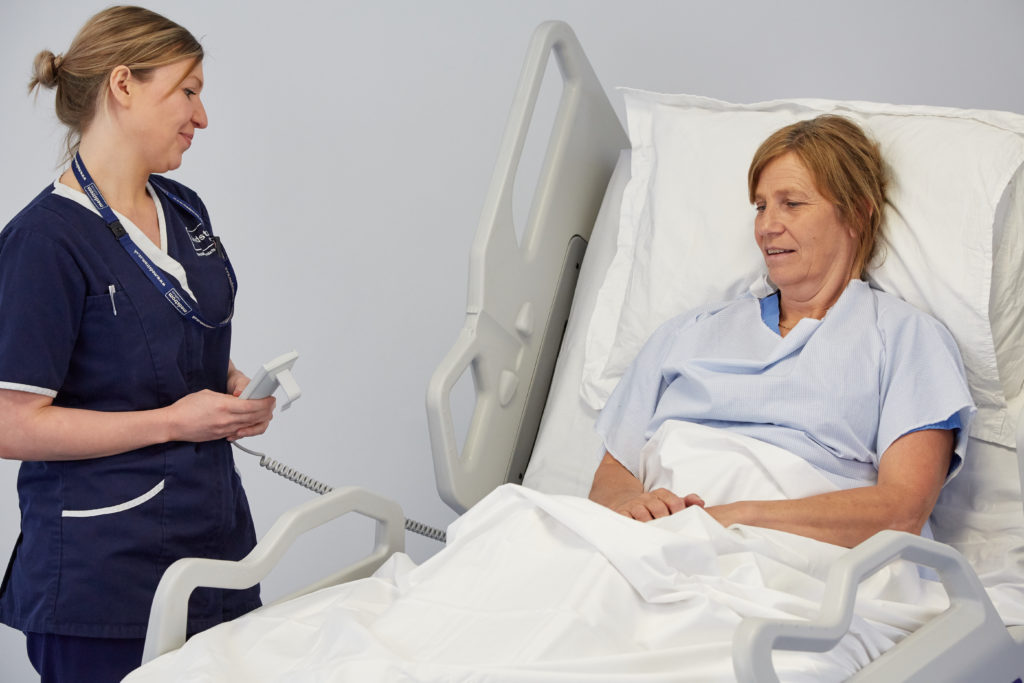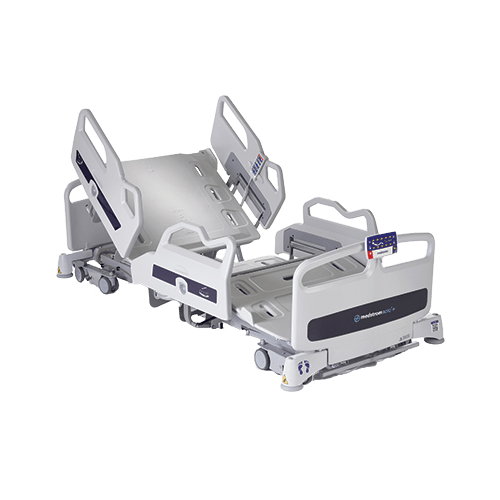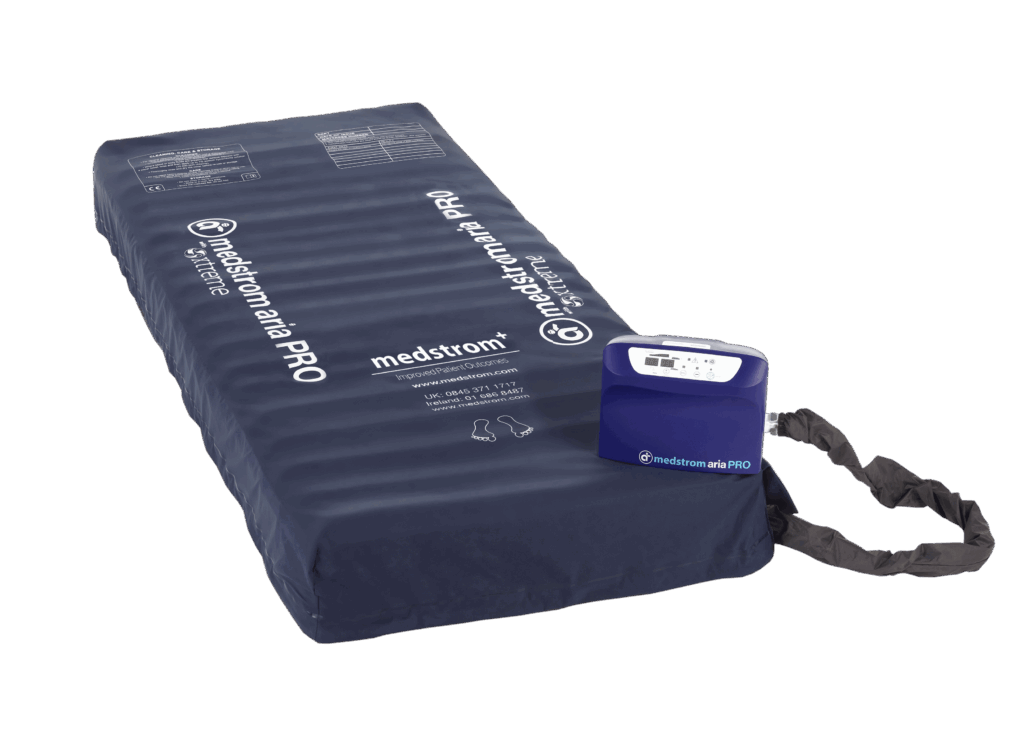How to Choose the Best Nursing Shoes
Choosing a pair of nursing shoes isn’t easy. Safety, fashion and comfort all rolled into one can be a challenge, despite the huge choice available. This post looks at some of the most important things to consider. However, please note that if you are experiencing any ongoing issues with your feet you should always seek professional advice.
A study which monitored 146 nurses found that they averaged 8,000 to 10,000 steps per shift, which equates to 4-5 miles.1 Walking these distances regularly, combined with carrying out multiple moving and handling activities, means shoe design is critical to maximise comfort and avoid pain and long-term problems.
Foot problems which can occur as a result of wearing inadequate footwear include bunions, calluses, plantar fasciitis, sprains, flat feet and pain from the Achilles tendon in the heel. Musculoskeletal injuries (which include foot and ankle pain) are the most common type of injury reported by NHS staff.2
With all this in mind, here are some tips for when you next buy a pair of shoes for work.
Check your Size and Shape
If you haven’t checked your shoe size recently, it’s definitely worth doing.
A lot of people assume their shoe size never changes once they reach adulthood, but this often isn’t the case. For example, weight gain can increase the width, volume and shoe size of feet, as can swelling over the course of a day.
Toes need to spread out to enable proper balance. Shoes which are too large can cause the feet to slip forward, resulting in the person curling their toes to hold the shoes in place. Shoes which are too small can scrunch the toes and cause them to overlap.3
Every foot shape is unique. A useful tip is to trace the outline of your feet, cut it out and take it to the shop with you. If there’s no specialist advice or foot measuring device available, you can see how closely the shape of your foot matches the insole of the shoe. The closer the match, the better.4
People often believe that the more they spend on footwear, the more comfortable it will be. In reality, comfort will not be achieved if the shoe shape doesn’t match the foot shape, regardless of price.
Secure Properly
For maximum comfort and to minimise the risk of pain and injury, shoes must be secured effectively – usually with a lace or optimally positioned strap.
The heel should be secured at the shoe heel, or the foot may slip forward or upward. This can force the toes to curl to hold the shoe onto the foot which can cause pain and injury.4
Ensure your Choice is Fit for Purpose
A survey carried out in 2018 asked nurses what they look for in nursing shoes and how they shop for them. They collected 1,277 responses from 1,194 female nurses and 83 male nurses.5
When asked about the type of shoes they wore to work, some of the most interesting responses are below:
| Type of shoe worn to work | Female nurses | Male nurses |
| Running shoes | 47% | 64% |
| Clogs | 23% | 14% |
| Crocs | 4% | 4% |
| Mules | 3% | 0% |
Footwear experts have advised that the best shoes for nurses are those designed for walking – because that’s what nurses’ feet do most. Heavier soles are also recommended, as they can absorb the impact of walking on hard floors for many miles each week.4 The results from the survey above showed a high percentage of nurses who took part weren’t wearing the best shoes for optimal foot health:
Running shoes are designed differently to walking shoes. They have a higher heel that propels someone forward, but this can push someone off-balance when standing or walking.3
Running shoes, crocs and mules have a soft top. Crocs have ventilation holes on the top and some running shoes and mules will also allow air and moisture through. There are significant associated risks with these designs:
- If something is dropped on the person’s foot, the soft top offers no protection
- If any hazardous or hot liquid is spilled onto the shoe, it could go through the ventilation holes and onto the person’s skin
- Some foot-operated equipment will be more difficult to operate using soft shoes, increasing injury risk
Crocs, clogs and mules are not tight fitting or well secured and may require the person to curl their toes to keep them in place.
Nurses are renowned for taking care of everyone else before themselves. Foot care and footwear choice may not be something that springs to nurses’ minds as a priority, but making it one may bring about a real difference to both foot and overall health.
References
-
Welton JM, Decker M, Adam J, Zone-Smith L. How far do nurses walk? (2006). Medsurg Nurs. 15(4):213-6.
-
Dean, E. Shoes for nurses: how to choose the right footwear for your comfort and safety. (2021). Nursing Standard. https://rcni.com/nursing-standard/opinion/expert-advice/shoes-nurses-how-to-choose-right-footwear-your-comfort-and-safety-174931 Accessed online 20th July 2021.
-
The right nursing shoes and proper foot care go hand in hand. (2018). Nurse.com https://www.nurse.com/blog/2018/10/08/the-right-nursing-shoes-and-proper-foot-care-go-hand-in-hand/ Accessed online 20th July 2021.
-
Nursing shoes that fit and are made for walking lead to happy feet. (2018). Nurse.com https://www.nurse.com/blog/2018/10/16/nursing-shoes-that-fit-and-are-made-for-walking-lead-to-happy-feet/ Accessed online 20th July 2021.
-
Stay a step ahead with the right nursing shoes. (2018). Nurse.com https://wp.nurse.com/wp-content/uploads/2018/10/Shoe-Survey-download-FINAL.pdf?_ga=2.190344363.1263441134.1626774785-1197470346.1626169649 Accessed online 20th July 2021.







